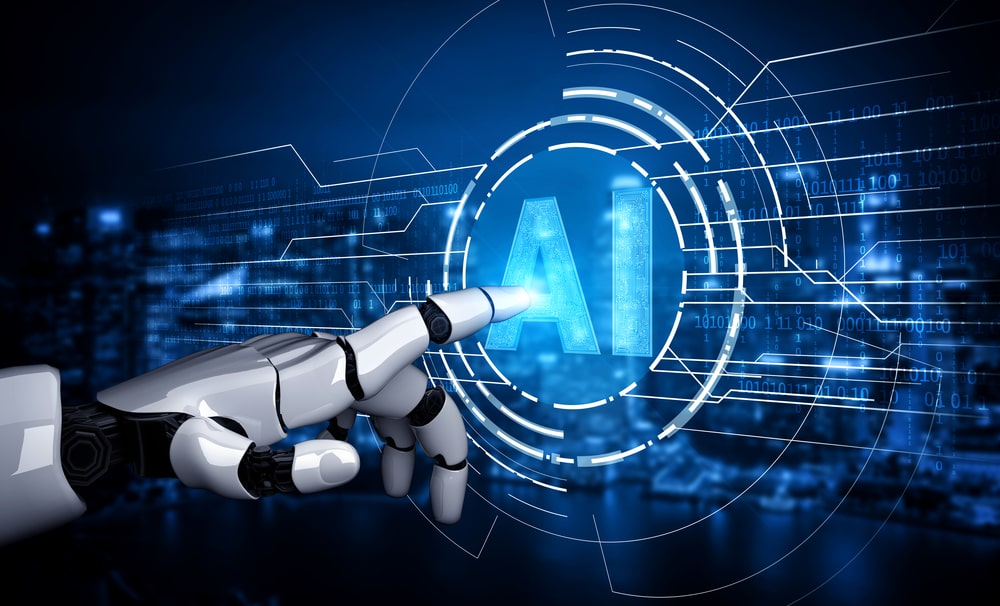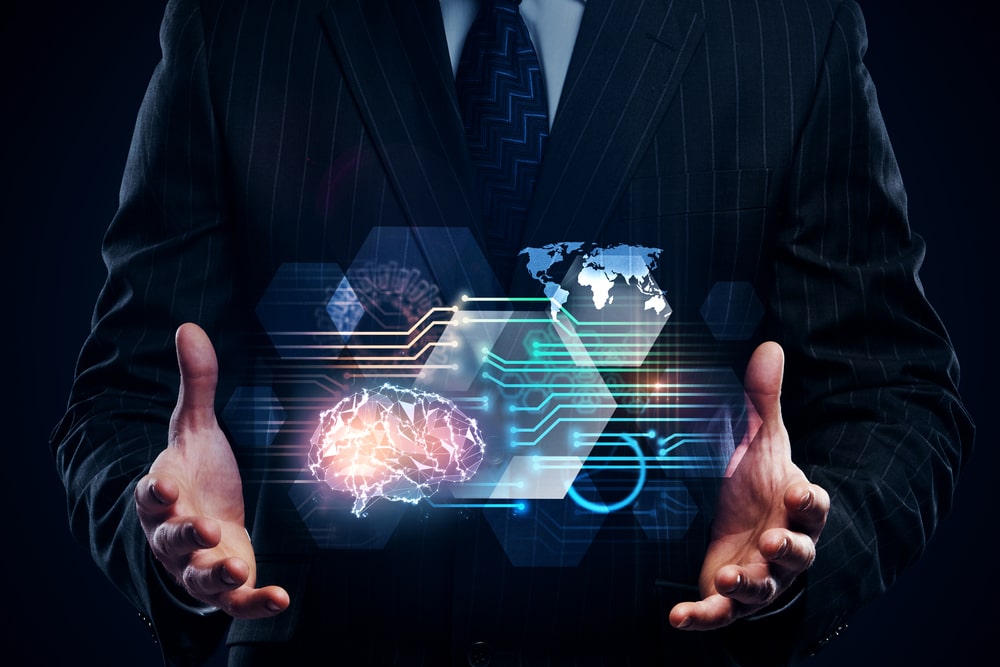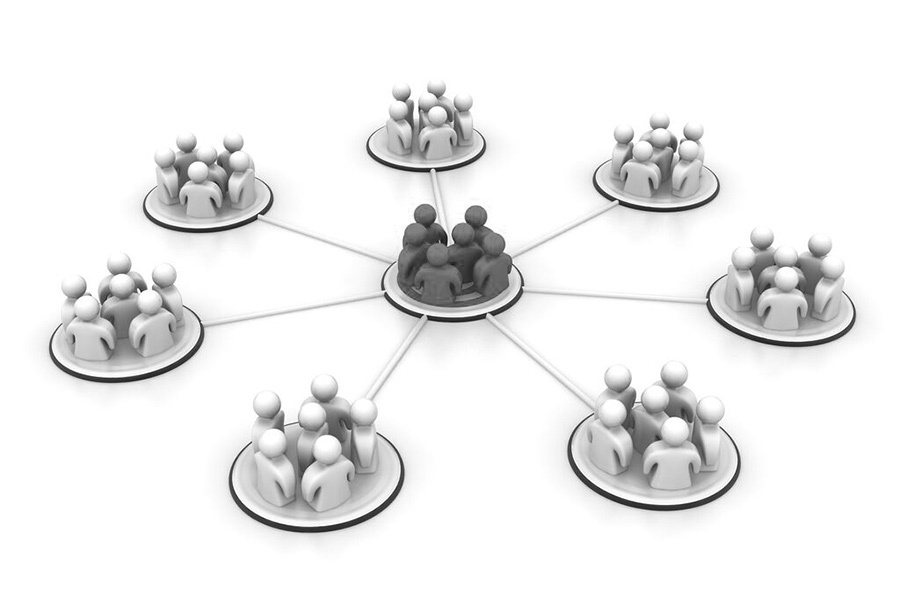While it has been around since the 1950s, reinforcement learning has evolved and grown, enhancing various applications across industries and enabling businesses to run more efficiently and productively. We’ll explore what some of these reinforcement learning applications are and how they improve our world today.
What is Reinforcement Learning?
Reinforcement learning is a system in machine learning of executing short-term decisions with the intention that you’ll achieve an optimized long-term goal through trial and error. Used as a framework for artificial intelligence, reinforcement learning enables systems, applications, and processes to learn from experience.
Professor of Computing Science from the University of Alberta, Richard S. Sutton, said it best in his book, “Reinforcement learning is learning what to do—how to map situations to actions—so as to maximize a numerical reward signal. The learner is not told which actions to take, but instead must discover which actions yield the most reward by trying them.”
Deep learning is often used in conjunction with reinforcement learning because it utilizes mathematics to represent variables, eliminating manual configuration by using raw sensor data.
Related Link: How Technology Impacts Healthcare

Deep Reinforcement Learning Applications
By combining deep learning with reinforcement learning, it opened the door to new applications.
Recommendation Systems
Recommendation systems aim to personalize recommendations that align with the user’s preferences. Reinforcement learning makes the necessary changes to the personalized recommendations as it receives user feedback.
The deep learning element can then mathematically represent the consumer’s interest and satisfaction with the products that the system recommends. As the user continues to access the system, the recommendations become optimized to the user’s preferences, which increases sale conversion.
Energy Smart Grids
Because the weather is so unpredictable, traditional energy systems struggle to adapt to changing weather conditions. By creating an intelligent framework that utilized deep reinforcement learning, the energy smart grid stores consumption patterns, forecasts, and production time to optimize the energy distribution for the building.
The reinforcement learning system can manage and control energy based on the thermodynamic equations for optimal energy distribution that can fluctuate as needed by the building and the current weather conditions.
Industrial Robotics
Reinforcement learning has revolutionized industrial robotics by enabling the robots to utilize image sensing through cameras and sensors, which allows the robots to move and dynamically adjust to picking up and moving objects.
To do this, the reinforcement system uses deep learning to analyze and interpret images. The robot uses this information to learn how to maneuver based on previously successful actions over a period of time, making the robot more efficient over time.
Interested in a free two-week trial of Sage Talent’s Talent and Recruiting SaaS? Sign up now to take charge of your candidate funnel.
Related Link: Today’s Role of AI in Healthcare
A Reinforcement Schedule Enables Faster Learning
A reinforcement schedule enables faster learning by using reinforcers by rewarding or punishing behavior after a set amount of responses. There are three types of reinforcement schedules that a system can use for faster learning:
- Interval Schedule: This schedule sets a specific amount of time between reinforced responses. So any responses that happen before the designated duration will not be reinforced. Intervals can be variable or fixed based on system requirements.
- Ratio Schedule: Ration schedules set a specific number of responses before a reinforcer is executed. The schedule can be variable or fixed depending on the system’s needs.
- Extinction Schedule: Extinction schedules are used to discontinue reinforcement of the response. By stopping the reinforcement, the specified response should decline.

Reinforcement Learning Real-World Examples
Several researchers designed reinforcement learning systems to be used in practical, real-world situations where the system would benefit from adaptive learning:
Resource Management
Resource management utilizes reinforcement learning to understand how to allocate and schedule resources for waiting jobs to increase efficiency and reduce the average job slowdown.
The MIT study that used deep reinforcement learning for resource management found, “Our initial results show that DeepRM performs comparably to state-of-the-art heuristics, adapts to different conditions, converges quickly, and learns strategies that are sensible in hindsight.”
Traffic Light Control
Another study from the University of Tennessee integrated a reinforcement learning framework and an artificial intelligence system into a congested five-intersection network’s traffic light control multi-agent system.
The results were impressive. The study found, “Experimental results clearly demonstrate the advantages of multi-agent RL-based control over LQF governed isolated single-intersection control, thus paving the way for efficient distributed traffic signal control in complex settings.”
Chemistry
Stanford University tested whether deep reinforcement learning could optimize chemical reactions more efficiently and cheaper than the traditional method of changing a single experimental condition one at a time. The conventional process is tedious, expensive, time-consuming, and often missed optimal conditions.
The deep reinforcement learning framework utilized the domain knowledge of chemistry and then interacted with the chemical reactions to determine the current experimental condition and yield. From there, it could identify what experimental condition to attempt next.
The study found, “This model outperformed a state-of-the-art blackbox optimization algorithm by using 71% fewer steps on both simulations and real reactions.”
Integrating Reinforcement Learning into Your Business
Artificial intelligence that utilizes a deep reinforcement learning framework automates processes, systems, and networks to run more efficiently and continuously optimizes through machine learning to achieve high-performance goals.
Businesses that integrate reinforcement learning frameworks into their systems will have a competitive advantage over the competitors in a rapidly evolving market. The deep reinforcement learning framework can also streamline processes and offload tedious tasks, enabling employees to focus on other strategic projects and tasks.
Sage Talent is a talent sourcing SaaS service specializing in identifying and recruiting top talent for your business. Sage Talent utilizes superior analytic tools for effective sourcing and candidate engagement.
Want to learn more about Sage Talent’s recruiting services? Read how Sage Talent’s SaaS service works.
Related Link: Energy and Renewables: Finding the Talent You Need






